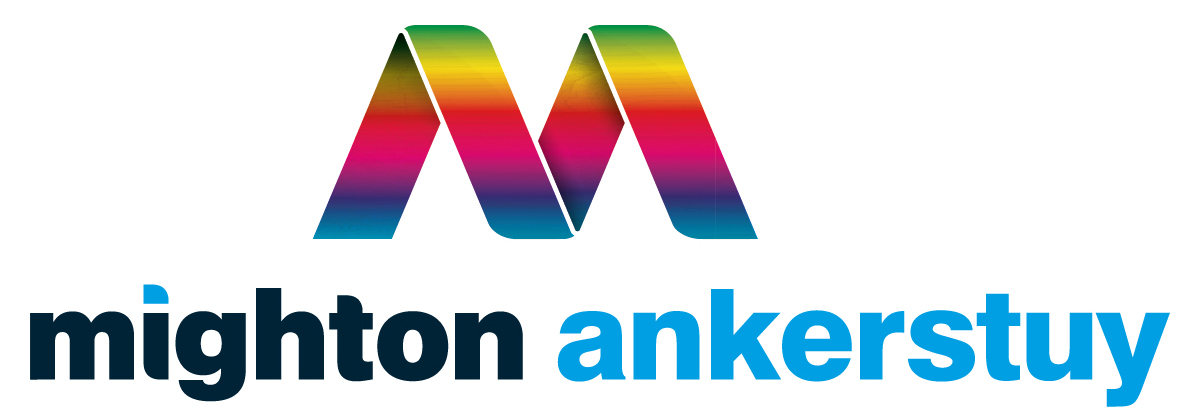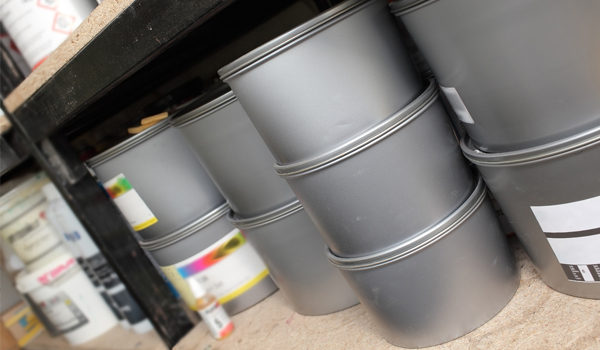
Would you like us to give you a call?

Today’s timber claddings are becoming increasingly fashionable in the modern building. Factory finished claddings and protective treatments under controlled conditions can offer significant extensions of maintenance cycles.
The selection of the timber species, design, dimensions and grain orientation of the boards, choice of fixings all play a major part in determining the ultimate service life, whist the quality of the site installation and fitting work is also crucial to the long term success of the project.
This information sheet on coating, installation, maintenance and storage gives key design points and must be read and understood before any installation takes place. All coating systems require maintenance to maintain their decorative appearance, it is therefore vitally important to recognise this when specifying coated cladding.
Opaque finishes have the longest maintenance intervals and are easiest to repair and maintain. Translucent finishes maintain the natural aesthetic appearance of the timber sub straight but allow more UV light to penetrate to the timber surface. This disrupts the surface, increasing stress on the coating film, which results in earlier coating break-down and requires more frequent maintenance.
When applying a coati ng to any timber the sealing of all exposed end grains are critical to prevent moisture ingress. Moisture ingress will result in significantly increased dimensional movement, mould growth, staining of the sub straight and ultimately adhesion failure.